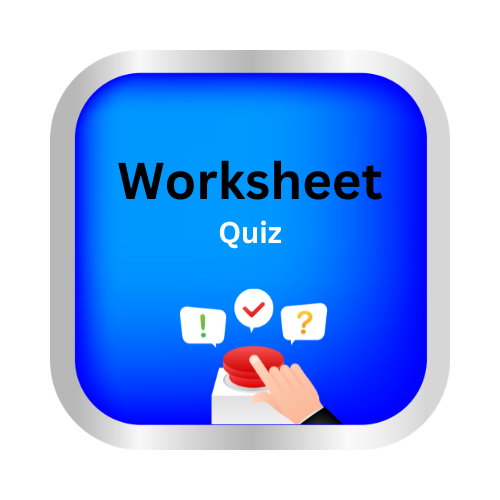Wind Currents Are Generated Due To Uneven Heating On The Earth
Key Notes :
1. Uneven Heating of the Earth
- The Earth receives heat from the Sun, but this heat is not distributed evenly across the planet.
- Equator: The region around the equator receives more direct sunlight and, therefore, more heat.
- Poles: The areas near the poles receive less direct sunlight, causing them to be cooler than the equator.
2. Effect of Uneven Heating
- Hot Air Rises: As air is heated at the equator, it becomes less dense and rises.
- Cool Air Sinks: The cooler air near the poles is denser and sinks.
- This creates areas of high pressure (cool air) and areas of low pressure (warm air).
3. Movement of Air (Wind)
- Wind is the movement of air from areas of high pressure to low pressure.
- As the warm air rises from the equator, it creates low-pressure areas, and cooler air from the poles moves in to fill the gap, creating wind currents.
4. Global Wind Patterns
- Trade Winds: Winds blowing from the subtropical high-pressure areas toward the equator.
- Westerlies: Winds blowing from the west in the mid-latitudes (between 30° and 60°).
- Polar Easterlies: Winds blowing from the east near the poles.
5. The Coriolis Effect
- The rotation of the Earth causes moving air to be deflected to the right in the Northern Hemisphere and to the left in the Southern Hemisphere.
- This is known as the Coriolis effect and helps form the global wind patterns.
6. Local Wind Currents
- Local winds are also influenced by the uneven heating of the Earth.
- Examples include sea breezes (cool air from the sea moving inland during the day) and land breezes (cool air from the land moving out to sea at night).
7. Impact of Wind Currents
- Wind currents play a crucial role in distributing heat, moisture, and nutrients around the Earth.
- They influence weather patterns, ocean currents, and climate in different regions.
Let’s practice!

